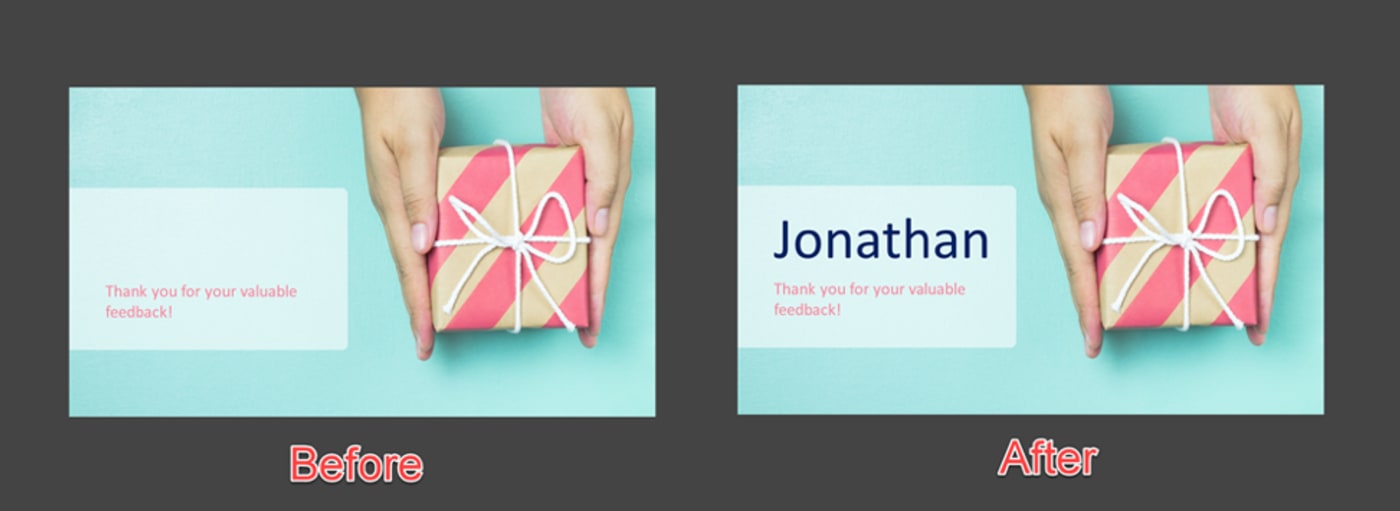When COVID hit last year, followed by social restrictions and lockdowns, e-commerce companies had to adapt quickly to changing consumer needs within a very short time. Consequently, COVID greatly accelerated the digital transformation of e-commerce, resulting in 10 years of growth in a matter of only three months. Concurrently, user behavior and demographics morphed drastically, with many shopping online for the first time. To accommodate the massive traffic to their sites, e-business owners had to reinvent for a digital world.
Travel and hospitality, however, came to a virtual standstill. For those industries, last year was all about survival, that is, ensuring that their customers are safe and grappling with the new challenges COVID threw at them. Now that travel is starting to show signs of recovery, they must adapt fast to cater to the pent-up demand, which is causing heavy website loads, simultaneously catering to changes in user expectations.
Does your site meet the requirements of Google’s Core Web Vitals? How will you compete and stand out in today’s market? Are you equipped to deliver on user expectations that have grown by leaps and bounds over the last year? All while ensuring a healthy bottom line and scaling as much as feasible.
With its many effective and automated media-management capabilities, Cloudinary is a trusted partner for travel and hospitality companies. As the hospitality sector gets ready to return to normal, the five ways below will help travel sites deliver a compelling end-user experience and stand out from the competition.
With accelerating demand and easing of restrictions, travel sites can expect a high traffic volume. To deliver a great user experience in the face of high traffic, you must optimize your images and videos, which account for most of the heavyweight content of your site. In addition, Google’s CWVs recommend a load time of 2.5 seconds or less for the Largest Contentful Paint (LCP), such as hero images, which can directly affect your SEO rankings.
With Cloudinary, you can address both situations by automatically delivering images and videos in the format and quality suited for all end-user devices, browsers, and connection speeds. Additionally, Cloudinary can help you improve LCP if the largest content element in the page is an image, e.g. a hero image, or the poster image for a video, and get you up and running within a few hours with Cloudinary’s Media Optimizer.
“Thanks to Cloudinary,” said Stefano Castelli, lastminute.com’s creative production manager, “we’ve reduced page weight and shortened loading time, dramatically improving our visitors’ experiences. Now they can enjoy our fast, beautiful site while searching for the perfect vacation. Nice!” — Lastminute.com
When travelers are shopping around for destinations and deals, there’s nothing like a personalized campaign to bring them back to your site or app and to win conversions. However, in most cases, email personalization is restricted to the textual elements created with merge tags. To personalize email marketing campaigns, create dynamic image banners on Cloudinary by adding elements like name, promo code, and offer expiry-dates to the banners. What’s more, you can scale that process with Cloudinary’s APIs. You can also add personalized videos to email campaigns as GIFs with Cloudinary’s Video SlideShow feature.
-
For details on how to personalize email or webpages, see our post How to Boost Email Marketing with Personalized Email Banners.

-
For details on how to create customer engagement with video slideshows, see our post Steal the Show With Auto-Generated Slideshows
Oftentimes, users keen on booking their next vacation find it time-consuming to decide where to stay. For all the attractiveness of hotel photos, they do not capture the full potential of what the lodging has to offer. This is where you can leverage interactive experiences to make the booking experience enjoyable and smooth.
By using Cloudinary’s Shoppable Video features, you can build with minimal effort an interactive hotel episode for site visitors so that they can explore your offer in detail. For example, they can see at a glance the details of each and every room and jump straight to view it. In addition, you can spotlight the features and amenities of the rooms by means of the hotspot capability, along with helpful information like opening times; or whisk patrons off to book spa treatments. Cloudinary’s platform makes all that a breeze to do at scale.
While a number of travelers are desperate to get on that next holiday, others might be apprehensive about doing that. Travel companies can leverage user-generated content (UGC) to build trust with travelers and help them visualize what travel looks like in the new normal. Subsequently, travelers are much better prepared and equipped when they finally decide to book that vacation.
Cloudinary simplifies the incorporation of UGC and makes images and videos to be published on your website or app consistent in look and feel. What’s more, you can automate that process along with Cloudinary’s moderation and delivery capabilities.
Cloudinary’s API-first approach saves developers a load of time and resources by eliminating manual tasks. Ultimately, you can deliver engaging user experiences while integrating seamlessly with your existing tech stack.
“I’ve worked with other solutions where every design or user interface change impacts how images are served, and it’s a pain to implement,” said Pierre Alvan, one of Hipcamp’s senior software engineers. “Cloudinary is definitely a big time-saver.” — Hipcamp
The past year saw an unprecedented downturn for the travel and hospitality companies, and we’re hopeful for a turnaround this year given the positive signs of recovery. As vacation deprivation is being replaced by travel boom, the future is bright for both the industry and the fun-seekers. Contact us to see how Cloudinary can help you get ready for renewed travel.





